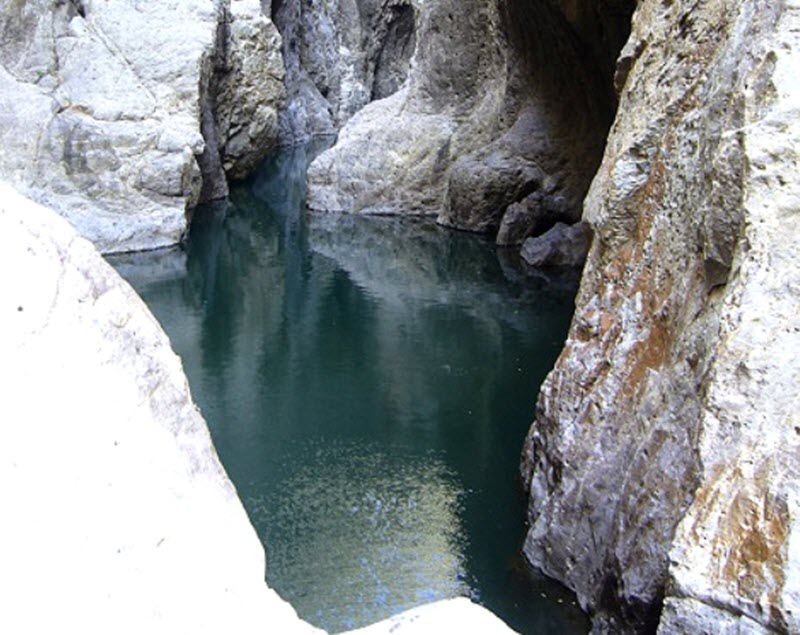Somoto Canyon

Somoto Canyon is one of Nicaragua’s most mesmerizing natural wonders. Nestled in the northern highlands, near the border with Honduras, this stunning geological formation remained relatively unknown until a team of Czech and Nicaraguan scientists discovered it in 2004. Since then, Somoto Canyon has progressively transformed into an alluring destination for adventure seekers and nature enthusiasts alike. This article delves into the beauty, activities, and cultural significance of the Somoto Canyon.

Geographical Wonder
Formation and Topography
Somoto Canyon, known locally as ‘Cañón de Somoto’, spans approximately 5 miles (8 kilometers) in length. It was formed by the erosive action of the Coco River over 5 to 13 million years, carving through ancient rock layers to create the dramatic cliffs and crags that we see today. The canyon varies in width from a mere 5 meters to 10 meters at its narrowest points, and up to 200 meters at its widest points. The cliffs reach heights of over 160 meters, dramatically framing the crystalline waters below.
Flora and Fauna
The canyon is not just a geological wonder; it’s also a hotspot for biodiversity. The surrounding area is lush with vegetation, including blooming orchids, towering hardwood trees, and a variety of medicinal plants. Birdwatchers will be thrilled with the plethora of species that inhabit the region, including hummingbirds, hawks, and orioles. The crystal-clear waters of the Coco River are home to numerous fish species.
Adventurous Activities
Canyoning and Swimming
One of the most popular activities in Somoto Canyon is canyoning, which involves walking, climbing, jumping, and swimming through the canyon. Equipped with life jackets, visitors can float through the serene waters, jump off small cliffs, or simply enjoy the tranquil environment. The cool waters of the Coco River offer a refreshing respite from the Nicaraguan heat.
Hiking and Exploration
For those who prefer to stay dry, various hiking trails offer spectacular views of the canyon. These trails range from easy to moderate difficulty and are a great way to appreciate the canyon’s grandeur.
Cultural Significance and Local Community
Historical Importance
The Somoto Canyon holds cultural and historical importance to the region. Indigenous people historically inhabited the area, and ancient petroglyphs can still be found on the rocks within the canyon. The Coco River, which sculpted the canyon, is the longest river in Central America and has been a significant water source for local communities for centuries.
Local Community and Tourism
The discovery of the canyon has positively impacted the local community. With the influx of tourism, local residents have found opportunities in guiding services, accommodation, and selling local crafts and products. Travelers can stay at family-run guesthouses and enjoy traditional Nicaraguan meals, fostering a unique cultural exchange.
Plan Your Visit
When planning a visit to Somoto Canyon, it’s advisable to wear comfortable shoes, bring a swimsuit, and be prepared for a physically active day. There are several tour operators that offer guided tours which usually include equipment like helmets and life jackets. The best time to visit is during the dry season, from November to April, when the water levels are lower and the paths are more accessible.




